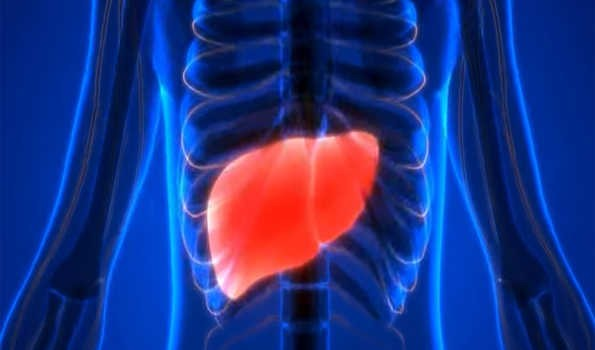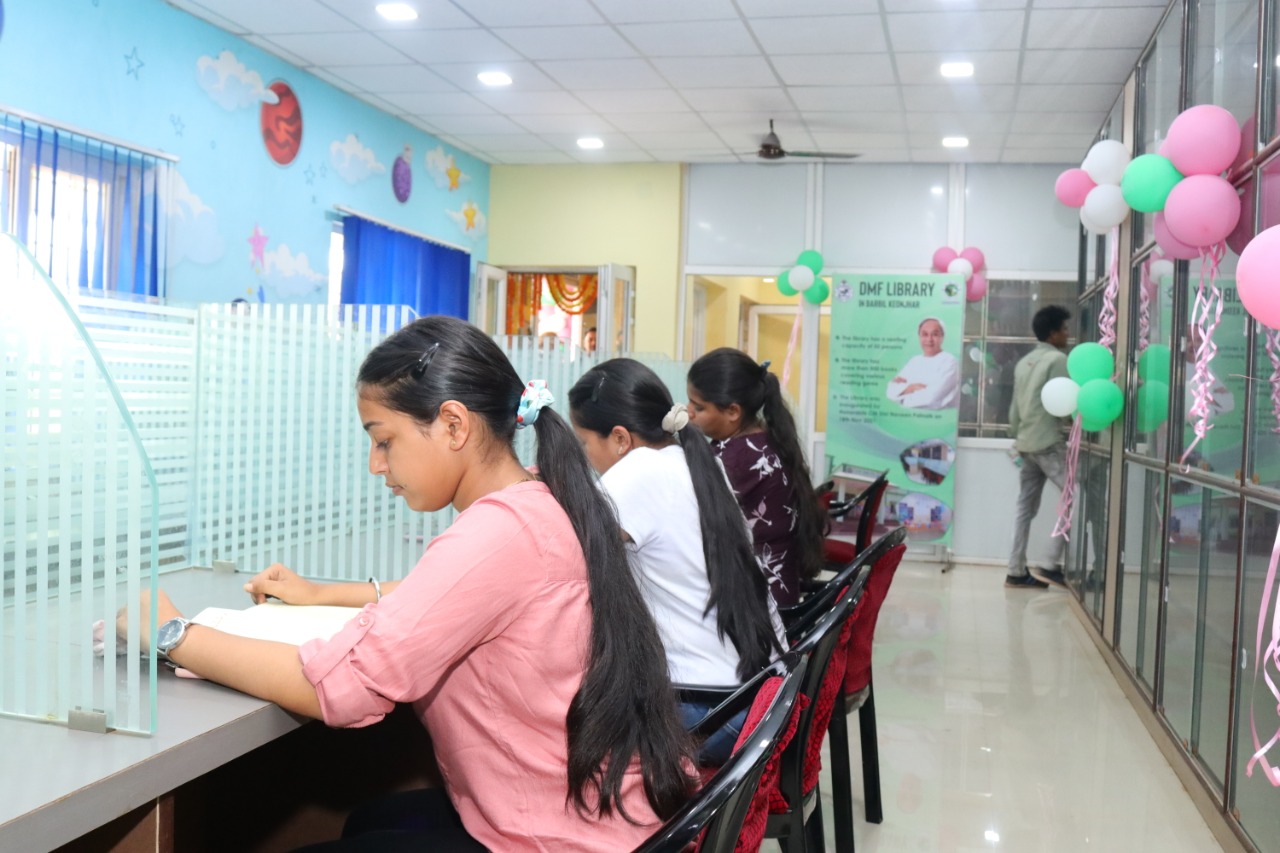Thiruvananthapuram, Apr 20 (UNI) One in five individuals in India suffers from liver disease, according to renowned Epidemiologist Dr Naresh Purohit.
“There has been an increase in the prevalence of liver diseases in the last two decades. In India, nearly 2 lakh die of liver disease every year, while 10 lakh people are getting diagnosed with liver cirrhosis.”
He said this while attending a Continuing Medical Education programme on Liver disorders organised by the Kottayam-based Government Medical College on the occasion of World Liver Day on Saturday.
Among the population in Kerala, the prevalence of liver diseases is higher, with at least 300 patients undergoing expensive treatments like liver transplantation, Dr Purohit, who is also Principal Investigator for the National Integrated Disease Surveillance Programme (NIDSP), said.
He raised concern over a growing but under-recognised epidemic of liver diseases linked to easily accessible unhealthy food, rising obesity, increasing screen time, lack of physical activity, and the normalisation of alcohol consumption.
Viral hepatitis, particularly hepatitis A, B, and E, is endemic in India, with the Asia-Pacific region accounting for more than two-thirds of the global burden of the disease, he added.
Liver disease remains a silent threat, as the liver can withstand injury for years without producing symptoms.
He pointed out that subtle signs such as vague right-sided abdominal pain, darkening of the skin, mild itching, and swelling of the legs are frequently overlooked.
Fat accumulation in the liver, commonly referred to as fatty liver, has become one of the leading causes of liver cirrhosis and cancer.
“Cirrhosis, an irreversible hardening of the liver, is increasingly being seen in younger individuals, primarily due to excessive alcohol intake,” he added
He echoed this concern, calling non-alcoholic fatty liver disease (NAFLD) the most common liver issue in clinical practice today.
NAFLD is a progressive disorder that can range from simple fat build-up in the liver (steatosis) to inflammation (non-alcoholic steatohepatitis, or NASH), and eventually cirrhosis.
What makes this condition particularly dangerous is that it often develops without symptoms, he cautioned
“In India, NAFLD affects about 35 percent of the population and up to 88 percent of people with diabetes. Even individuals with a normal body mass index — especially among Asians — can develop a form of NAFLD known as lean NASH due to genetic predispositions,” he averred
He warned against foods with high added sugars like sodas, as well as red and processed meats, ultra-processed foods, and alcohol — all of which increase inflammation and fat deposits in the liver.
“These foods overload the liver with carbohydrates and bad fats, which can lead to both inflammation and bacterial imbalance,” he added.
Even fruits like mangoes, often feared for their sugar content, are not harmful in moderation. “Mangoes contain antioxidants and fibre. They’re not the enemy,” said he
He emphasised that a balanced diet, regular exercise, and early screening are critical to liver health.
“Walking at least 8,000-10,000 steps a day, drinking three to four litres of water, and even including two to three cups of black coffee, has shown protective effects on the liver. Children must be taught healthy habits early on, as the roots of many liver conditions begin in youth,” he averred.
UNI DS BD





